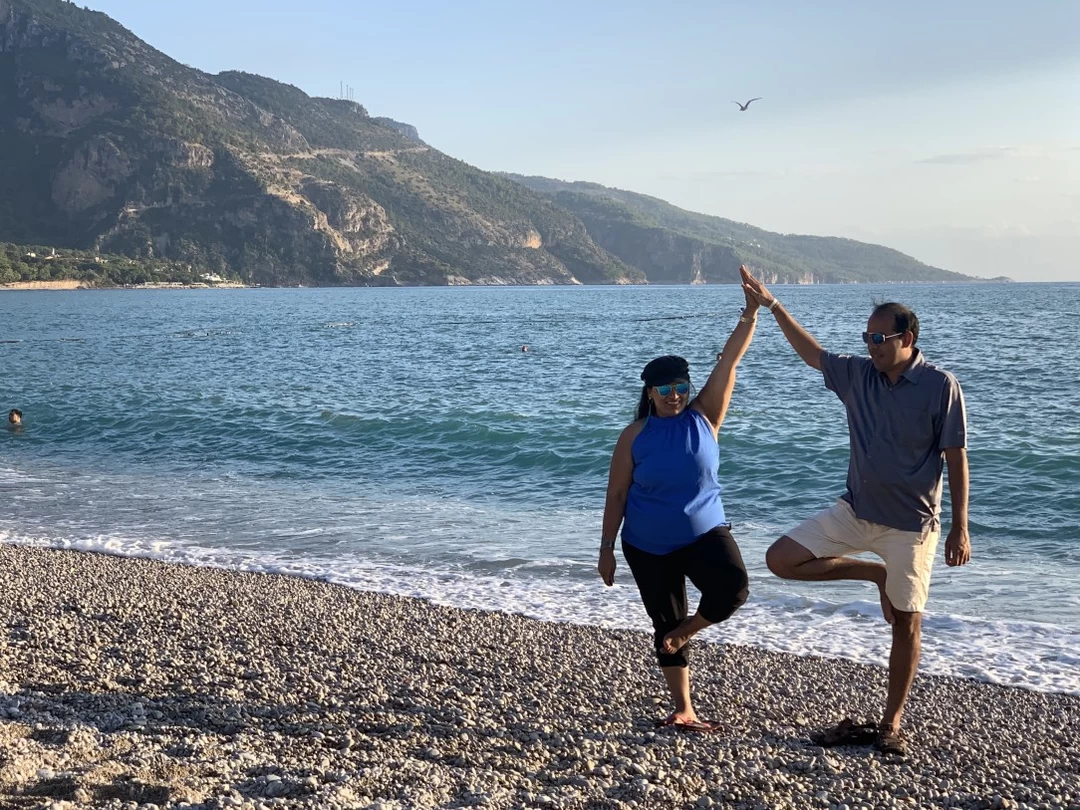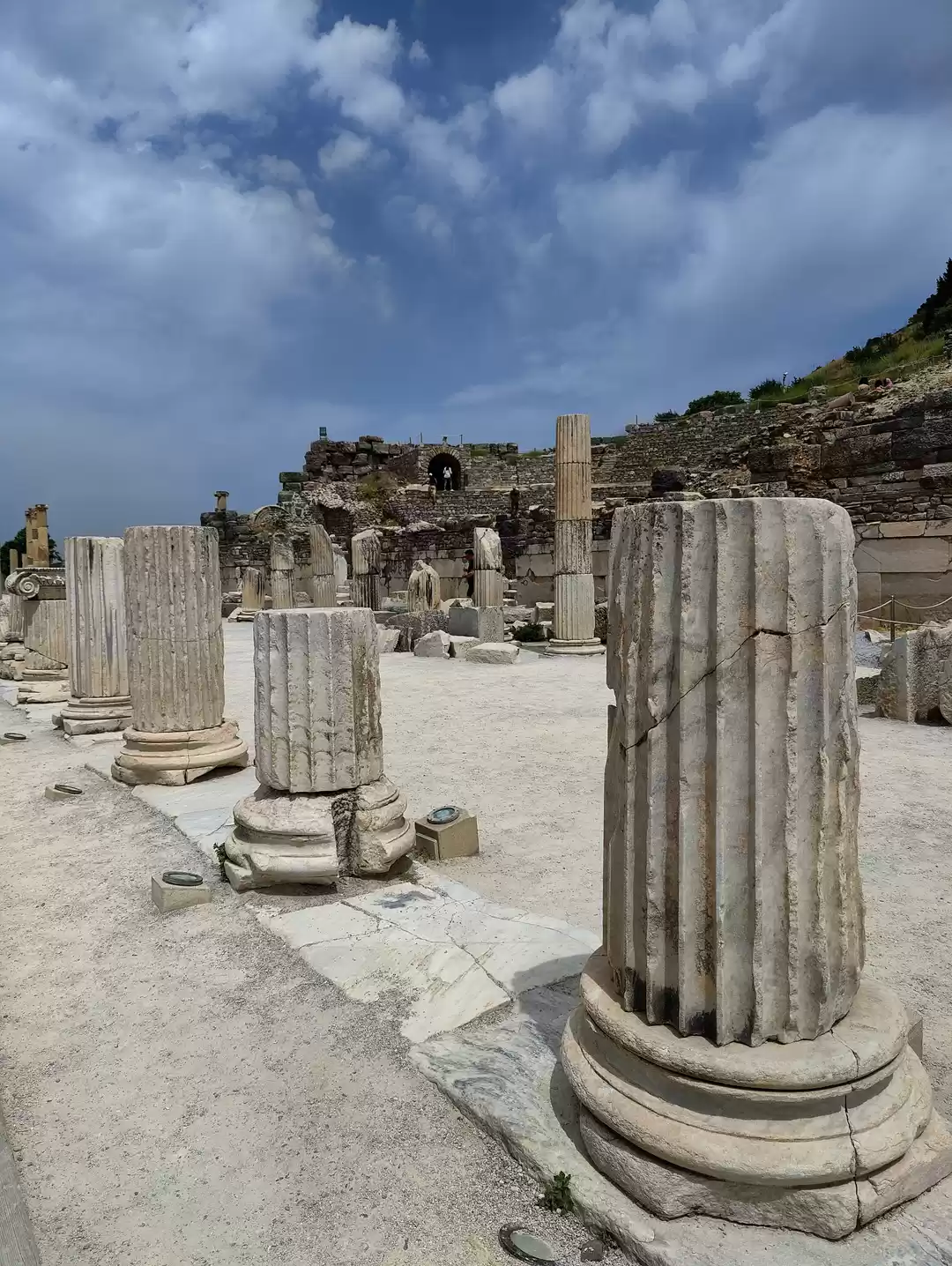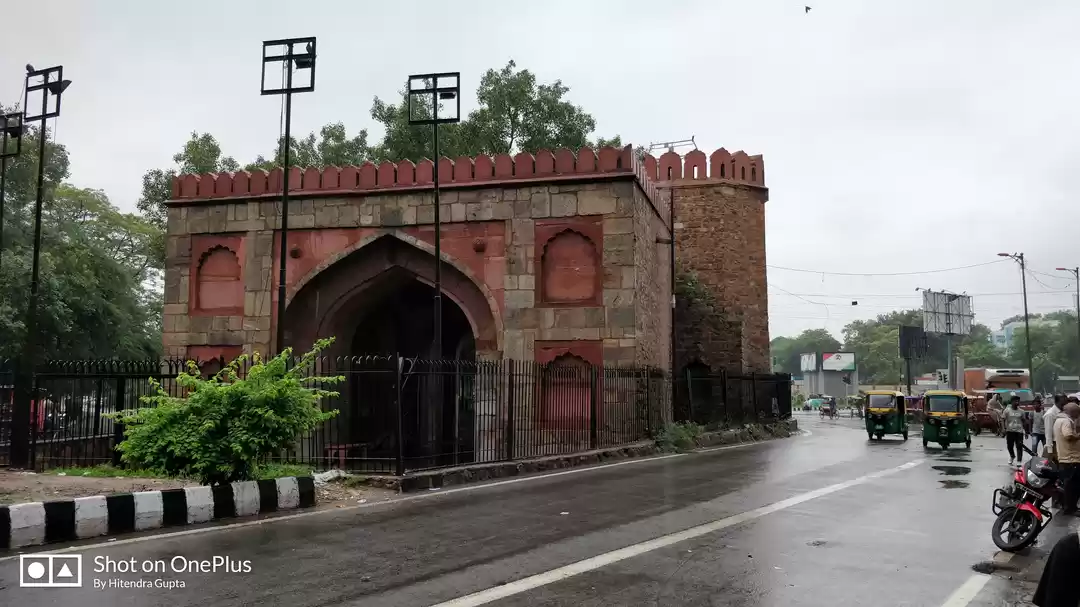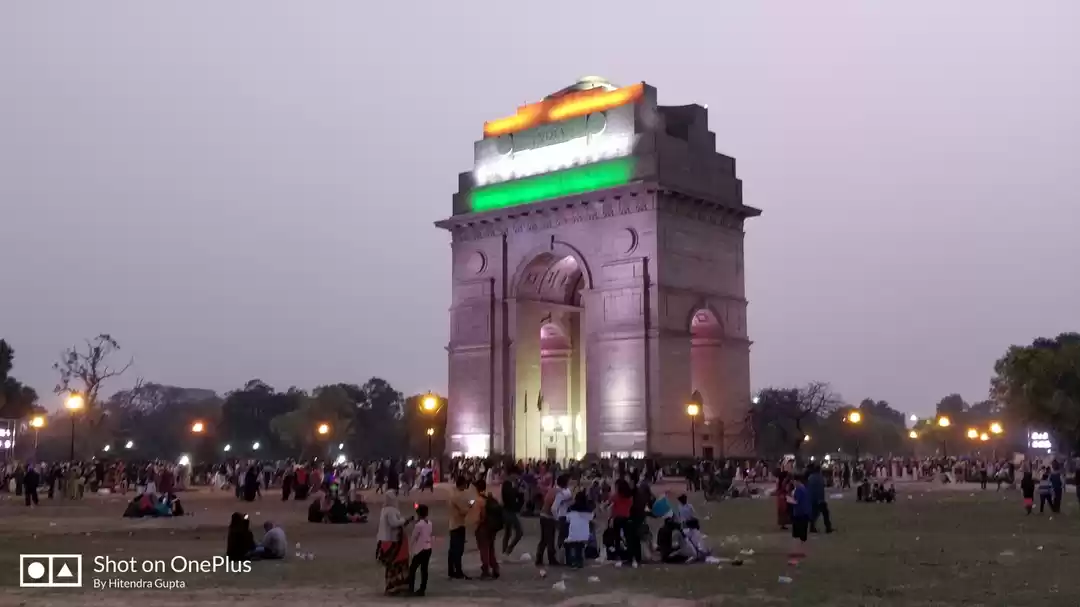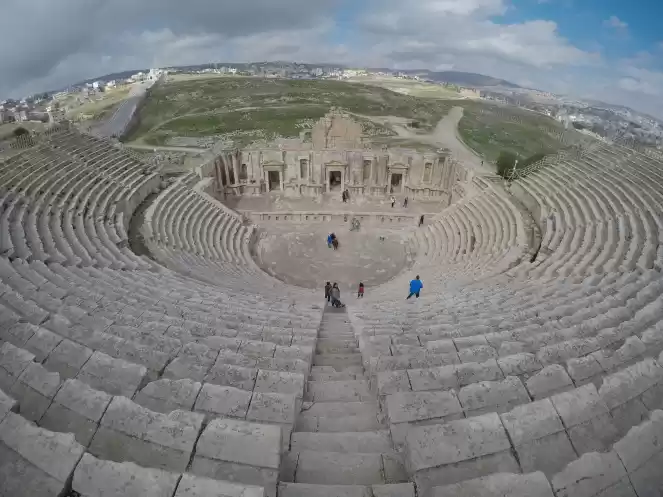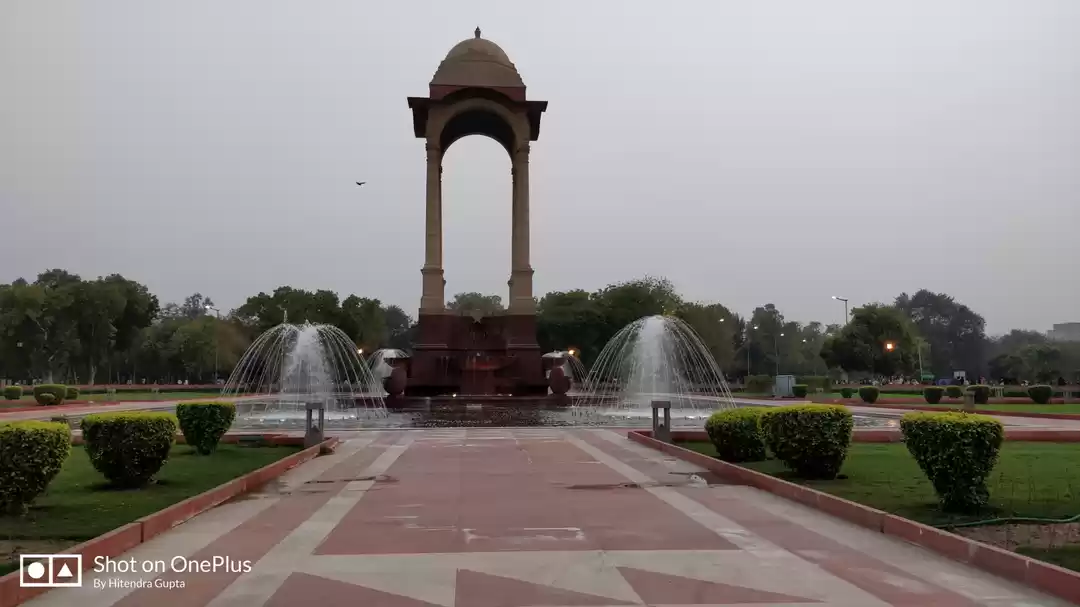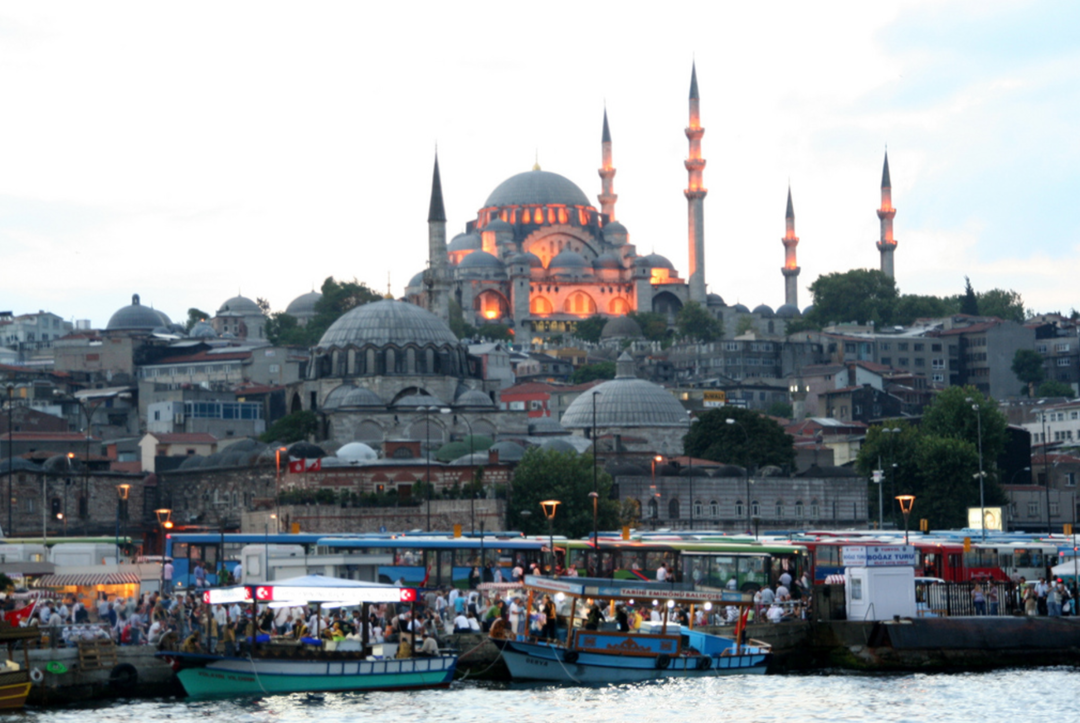Are you looking for a unique and memorable experience in Antalya, Turkey? Do you want to explore the rich and diverse history and culture of this ancient city? If yes, then you should not miss visiting Hadrian’s Gate, one of the most impressive and well-preserved monuments in Antalya.
Hadrian’s Gate, also known as Üçkapılar (Three Gates) in Turkish, is a stunning triumphal arch that was built in honor of the Roman Emperor Hadrian, who visited Antalya in 130 AD. The gate marks the entrance to the old town of Antalya, also known as Kaleiçi (Inner Castle), and is a symbol of the city’s glorious past and present.
In this article, you will learn everything you need to know about Hadrian’s Gate, such as its history, architecture, features, and significance. You will also find out how to reach and visit Hadrian’s Gate, the best time and tips to visit Hadrian’s Gate, and the things to do and see near Hadrian’s Gate. Whether you are a history buff, a culture lover, or a curious traveler, you will find something to enjoy and appreciate at Hadrian’s Gate.
History and Architecture of Hadrian’s Gate
Hadrian’s Gate was built in 130 AD by the local governor of Antalya, Quintus Veranius Nepos, to commemorate the visit of Emperor Hadrian and his wife Sabina. The gate was originally part of the city walls that surrounded Antalya, and was the only entrance to the old town from the harbor.
The gate consists of three arched openings, flanked by two round towers on each side. The towers are of different heights and styles, reflecting the different periods of construction. The southern tower, which is taller and more ornate, dates back to the Hellenistic period (3rd century BC), and was part of the original city wall. The northern tower, which is shorter and simpler, dates back to the Roman period (2nd century AD), and was added later to match the gate. The middle tower, which is the smallest and plainest, dates back to the Seljuk period (13th century AD), and was built to reinforce the gate.

The gate is decorated with exquisite carvings and inscriptions, which showcase the artistic and cultural achievements of the Roman era. The most notable features of the gate are the reliefs of Hadrian, Sabina, and other Roman officials, which are located on the lintels above the arches. The reliefs depict the emperor and his entourage in ceremonial robes and crowns, receiving gifts and honors from the local people. The inscriptions, which are written in Greek and Latin, praise Hadrian as the “savior and founder” of the city, and express the gratitude and loyalty of the citizens.
The gate is also remarkable for its engineering and preservation. The gate was built without using any mortar or cement, and was held together by metal clamps and hooks. The gate has survived several earthquakes, invasions, and wars, and has remained intact and functional for almost 19 centuries. The gate is still used as a pedestrian passage today, and is one of the most popular attractions in Antalya.
How to Reach and Visit Hadrian’s Gate
Hadrian’s Gate is located in the heart of Antalya, and is easily accessible by various modes of transportation. Here are some of the options you can choose from:
Bus:
You can take any bus that goes to the Antalya Otogar (Bus Station), and then walk for about 15 minutes to Hadrian’s Gate. The bus fare is around 3 TL (0.35 USD) per person.
Tram:
You can take the Antray tram line that runs between the Antalya Airport and the Fatih station, and get off at the İsmetpaşa station, which is the closest to Hadrian’s Gate. The tram fare is around 4 TL (0.47 USD) per person.
Taxi:
You can take a taxi from anywhere in Antalya, and ask the driver to take you to Hadrian’s Gate. The taxi fare depends on the distance and traffic, but it should not exceed 50 TL (5.87 USD) for a one-way trip.
Car:
You can rent a car from the airport or the city center, and drive to Hadrian’s Gate. There is a parking lot near the gate, where you can park your car for a fee of 10 TL (1.17 USD) per hour.
The best part about visiting Hadrian’s Gate is that there is no entrance fee. You can enter and exit the gate as many times as you want, and admire its beauty and history at your own pace. However, if you want to learn more about the gate and the old town, you can also book a guided tour from a reputable agency or online platform. The tour usually lasts for 2 to 3 hours, and covers the main attractions and landmarks in Kaleiçi, such as the Yivli Minare Mosque, the Antalya Museum, and the Karaalioglu Park. The tour price ranges from 20 to 40 USD per person, depending on the group size and the season.
Best Time and Tips to Visit Hadrian’s Gate
Hadrian’s Gate is open to visitors all year round, but the best time to visit Hadrian’s Gate depends on your preferences and expectations. Here are some factors to consider:

Weather:
Antalya has a Mediterranean climate, with hot and dry summers, and mild and rainy winters. The average temperature in Antalya is around 18°C (64°F), but it can vary from 10°C (50°F) in January to 28°C (82°F) in August. The best months to visit Hadrian’s Gate in terms of weather are April, May, September, and October, when the temperature is pleasant and the rainfall is low.
Crowd:
Antalya is a popular tourist destination, especially during the summer months, when the city attracts millions of visitors from Turkey and abroad. The peak season for tourism in Antalya is from June to August, when the city is crowded and lively, but also more expensive and noisy. The low season for tourism in Antalya is from November to March, when the city is quieter and cheaper, but also more wet and cold. The best months to visit Hadrian’s Gate in terms of crowd are April, May, September, and October, when the city is moderately busy and affordable, but also vibrant and colorful.
Events:
Antalya hosts several cultural and artistic events throughout the year, which can enhance your experience and enjoyment of Hadrian’s Gate. Some of the most notable events are the Antalya Golden Orange Film Festival in October, the Antalya International Piano Festival in November, the Antalya International Sand Sculpture Festival in May, and the Antalya Flower Festival in April. You can check the official website of the Antalya Metropolitan Municipality for the latest information and schedule of the events.
To make the most of your visit to Hadrian’s Gate, here are some tips that you should follow:

Admire the carvings: The carvings on Hadrian’s Gate are the most impressive and distinctive features of the gate, and you should not miss them. You can see the reliefs of Hadrian, Sabina, and other Roman officials on the lintels above the arches, and the inscriptions in Greek and Latin on the side walls. You can also see the metal clamps and hooks that hold the gate together, and the traces of the original colors that adorned the gate.
Explore the surrounding area: Hadrian’s Gate is not only a monument, but also a gateway to the old town of Antalya, which is full of historical and cultural attractions. You can walk along the narrow and winding streets of Kaleiçi, and see the old houses, shops, cafes, and mosques that reflect the Ottoman and Turkish influence. You can also visit the nearby museums, parks, and gardens that showcase the natural and artistic beauty of Antalya.
Take photos with good lighting: Hadrian’s Gate is a photogenic and iconic landmark, and you should not miss the opportunity to capture its charm and elegance. The best time to take photos of Hadrian’s Gate is in the morning or evening, when the sun is low and the light is soft. You can also try different angles and perspectives, such as from the front, the side, or the back of the gate, and include some people or objects in the frame to create a sense of scale and contrast.
Things to Do and See Near Hadrian’s Gate
Hadrian’s Gate is not only a destination, but also a starting point for exploring the many things to do and see near Hadrian’s Gate. Here are some of the attractions and activities that you can enjoy near Hadrian’s Gate:
Visit Kaleiçi:
Kaleiçi is the old town of Antalya, and the historical and cultural center of the city. You can spend hours wandering around the cobblestone streets, admiring the old houses, mosques, churches, and fountains that date back to the Roman, Byzantine, Seljuk, Ottoman, and Turkish periods. You can also shop for souvenirs, handicrafts, and antiques at the local bazaars, or relax at one of the cozy cafes and restaurants that offer a variety of cuisines and beverages.
Visit Yivli Minare Mosque:
Yivli Minare Mosque, also known as Alaaddin Mosque, is one of the most prominent and beautiful landmarks in Antalya. The mosque was built in the 13th century by the Seljuk Sultan Alaaddin Keykubad, and is famous for its fluted minaret, which is 38 meters high and has 90 steps. The mosque also has a striking dome, a courtyard, and a madrasa (Islamic school). The mosque is open to visitors of all faiths, but you should dress modestly and remove your shoes before entering.
Visit Antalya Museum:
Antalya Museum, also known as Antalya Archaeological Museum, is one of the best and largest museums in Turkey, and a must-see for anyone interested in the history and culture of Antalya and the surrounding regions. The museum has 13 exhibition halls and an open-air gallery, which display over 5,000 artifacts from the Paleolithic, Neolithic, Bronze, Iron, Classical, Hellenistic, Roman, Byzantine, Seljuk, Ottoman, and Turkish periods. Some of the highlights of the museum are the statues of gods and goddesses, the sarcophagi and mosaics, and the ethnographic collection.
Visit Karaalioglu Park:
Karaalioglu Park is a large and scenic park that overlooks the Mediterranean Sea and the Taurus Mountains. The park is a popular spot for locals and tourists alike, who come here to enjoy the fresh air, the greenery, the flowers, and the views. The park also has some historical and cultural attractions, such as the Hıdırlık Tower, a Roman-era watchtower that offers a panoramic view of the city and the sea, and the Atatürk Monument, a statue of the founder of modern Turkey, Mustafa Kemal Atatürk.
These are some of the things to do and see near Hadrian’s Gate, but there are many more to discover and experience in Antalya. Hadrian’s Gate is not only a historical and cultural treasure, but also a gateway to a world of adventure and wonder.
Hadrian’s Gate is one of the most impressive and well-preserved monuments in Antalya, and a symbol of the city’s glorious past and present. The gate was built in honor of the Roman Emperor Hadrian, who visited Antalya in 130 AD, and is decorated with exquisite carvings and inscriptions. The gate marks the entrance to the old town of Antalya, also known as Kaleiçi, which is full of historical and cultural attractions. Whether you are a history buff, a culture lover, or a curious traveler, you will find something to enjoy and appreciate at Hadrian’s Gate.
We hope this article has helped you learn more about Hadrian’s Gate, and inspired you to visit this amazing monument. If you have any questions or feedback, please let us know in the comments below.
And if you liked this article, please share it with your friends and family, and subscribe to our newsletter for more travel tips and guides. Thank you for reading, and happy travels!

